Brand Safety 101: How to Stay Brand-Safe
Marketing teams have numerous initiatives when it comes to brand marketing, and the top among these initiatives is brand safety. One of the largest concerns for marketers is how can we protect the brand? With seemingly limitless opportunities for marketers to promote their brand online, brands are increasingly vulnerable to negative association due to poor placement and ad fraud, resulting in the loss of both credibility and customers. How can we ensure that our brand messaging is safe and our ads are protected from scammers and botnets? And why is brand safety crucial for the future of our industry?
What is Brand Safety?
Brand safety is the practice of protecting a brand’s reputation and keeping it from appearing in unsafe environments. It is about risk mitigation and requires marketers to take measures to protect a brand from mishaps and misplacements that might threaten its reputation and harm the future of the brand. With safety in mind, brands focus efforts on aligning with other positive, authoritative, and non-confrontational brands to prevent problematic or inappropriate brand associations. Historically, brand safety has involved rudimentary tactics such as keyword blocking and URL blocklisting.
What is Brand Suitability?
Brand suitability is the evolution of brand safety and offers marketers more control and precision when choosing the environments to block and the content to target for advertising. While brand safety relies on broad blocking techniques, brand suitability uses unique brand profiles, market research insights, and strategic positioning to identify and target specific environments for advertising.
Why is Brand Safety Important?
Consumers often create positive or negative associations with brands. While this can be advantageous for brands when associated with other well-known, respected companies, it has been shown to have a negative impact when brands are paired with inappropriate content.
When brands experience poor brand alignment or negative association, and their brand safety is compromised, brands risk alienating and losing customers. Therefore, guaranteeing brand safety will always be essential for organizations across all industries. The only effective way to protect your business online is to create brand safety guidelines that understand and aptly navigate the digital media landscape.
What is Ad Fraud?
Ad fraud is any attempt to defraud digital advertising networks for financial gain. While scammers often use bots to carry out ad fraud there are several methods available for scammers to trick advertisers and ad networks into paying them. In short, ad fraud refers to any attempt to disrupt the proper delivery of ads to real users and the intended audience.
A common form of ad fraud is the use of click bots to fraudulently generate revenue for scammers. These bots operate across multiple devices and collect different IP addresses from each device to form a botnet. A botnet is a group of infected internet-connected devices with additional malware controlled by a scammer.
How to Protect Your Brand: Best Practices
Here are a few of our top tips to ensure brand safety:
Focus on Premium Partnerships: Brands should prioritize partnerships with sites that are focused on premium editorial content and offer organic traffic and zero instances of fraud. This may be a pricier solution than blind bidding, but you’ll have greater control and visibility over where your ads are being served.
Context is King: In order to ensure that your ad is placed within a suitable environment that aligns with your brand values, you need to focus on the context of each page. By leveraging contextual targeting, brands and publishers alike can achieve new levels of brand safety assurance.
Check the Data: Partnering with agencies or brands that verify the safety of sites can avoid the guesswork and associated dangers involved in ad placements. This ensures your ads aren’t showing up on sites, pages, or near content that is unsafe or deemed unsafe by your brand’s safety standards.
Stand Your Ground: A recent survey from Forbes found that 60% of U.S. consumers wanted brands to take a stance on social issues. The next era of advertising will require brands to find their voice and take a position on polarizing topics rather than avoiding them.
Determine Risks: By creating a crisis management plan, your team can quickly act and address any problems or controversies. This plan can include how to craft a public apology and where to broadcast your message.
Staying Brand-Safe in a Land of Misinformation
As the dissemination of false and harmful content grows more prolific and threatens the well-being of brands, brand safety has become an increasingly important issue for advertisers in recent years. To ensure maximum protection for their brand, companies must take careful measures when advertising online or partnering with other businesses.
At Kargo, we respect the consumer experience by always leaving a good impression. We have been leaders with safe and viewable content as the first ad exchange to be 100% ads.txt certified and have less than 0.3% invalid traffic rating (Human) and a 98% brand safety rating approved content (Moat & Grapeshot).
Kargo is dedicated to providing a brand-safe environment for our advertisers. In order to curate our premium marketplace and supply, we have a variety of methods to ensure the safety and quality of our media. As one of the first mobile platforms to be completely Ads.txt compliant, Kargo is committed to fighting fraud and delivering quality experiences in premium environments. Interested in learning more about how we protect brands of all sizes? Get in touch!

